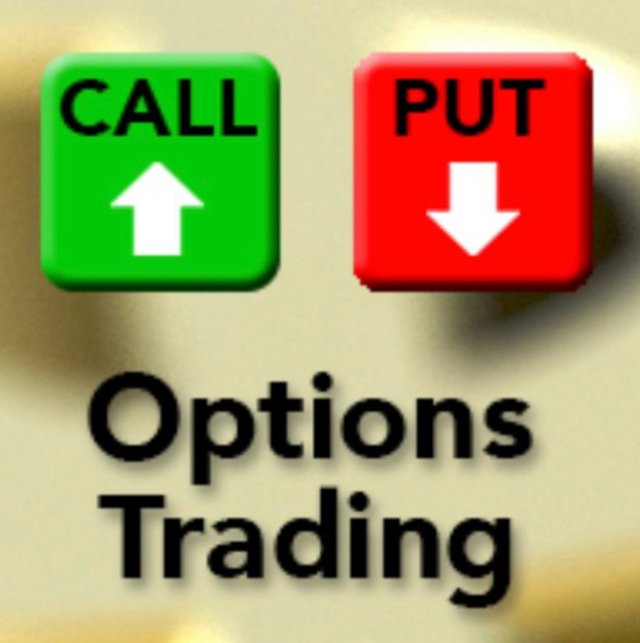Options Trading Strategies: covered calls and naked puts.
Prelude
In this post I would like to review two option trading strategies “covered calls” and “naked puts”. Puts are the opposites of Calls, but that doesn’t make them bad. In life we sometimes think that if something is the opposite of something we think is good, it must be bad. In reality sharp is the opposite of dull, but that just means they are opposite and in practical use different utility. You use a sharp piece of metal to cut your meat and a dull piece of metal to clean your fingernails or scratch an itch. There is no need for a value judgement, only a recognition of fact and thus opposite utility. Puts are the opposite of Calls, but that doesn’t make them bad, it just makes them the opposite and means they have different utility. No value judgement necessary or appropriate. To take this line of thinking one step further I wish to explain how two option trading strategies “covered calls” and “naked puts” are different but in reality very much the same. This is a bit of a rabbit hole regarding options trading, but it’s a shallow one and the revelation is priceless.

First, a little review of these investment terms.
I know that just the name “naked puts” sounds titillating like something naughty, so most assume it’s bad and that makes it sound risky. But what is the risk really and how does it compare to the risk of selling covered calls?
Well first let’s review what we mean and to how we determine risk, so we can properly compare the two strategies.
Option
An option is a contract between two parties in which the stock option buyer (holder) purchases the right (but not the obligation) to buy/sell 100 shares of an underlying stock at a predetermined price from/to the option seller (writer) within a fixed period of time.
Call Option
A call option is an option contract in which the holder (buyer) has the right (but not the obligation) to buy a specified quantity of a security at a specified price (strike price) within a fixed period of time (until its expiration). For the writer (seller) of a call option, it represents an obligation to sell the underlying security at the strike price if the option is exercised. The call option writer is paid a premium for taking on the risk associated with the obligation. For stock options, each contract covers 100 shares.
Covered Call
A covered call is a financial market transaction in which the seller of call options owns the corresponding amount of the underlying instrument, such as shares of a stock or other securities.
source
Put Option
Put options are a contract you buy or sell, which gives the buyer the “right” but not the “obligation’ to sell you their stock at a given price or “strike price” and which obligates the “seller” to buying that stock at a given “price” or “strike price”.
Naked Put
Selling a “naked” put means you sell something you don’t own, but usually you have enough cash or margin to satisfy your obligation. So a “Naked” put is more correctly called a “cash secured” puts. After all your broker is actually the one on the hook for all your obligations, so the brokerage won’t let you take on obligations you don’t have a means of paying, in general, as they are not in business to lose money. But I digress, let’s move on to risk.
My experience with Risk trading covered calls and naked puts
The risk of a Naked Put, in this strategy you are at risk for this stock from its present price down to zero. Which although improbable, is possible. How is this different from a covered call, well actually anytime you invest in a stock you are at risk for the purchase price down to zero. Which once again is improbable, but possible.
So now your scratching your head. Your wondering if the words are true. Well ask yourself this question; If you buy a stock, what’s the worse case scenario? The answer is the stock price could go to zero! So, your entire investment is at risk. You may feel it’s ridiculous to say this because it’s improbable that your stock will go to zero, but your brokerage has a legal obligation to inform you that all stocks can fall to zero. Basically you could lose everything and it’s in the perspective and all the terms of service information that people generally don’t read.
So now let’s revisit a “naked put” and ask ourselves the question “ What is the risk of selling naked puts? Well the stock price could go from its current price to zero. So the brokerage makes you have enough cash on hand to cover this loss. Despite the fact that it is improbable that the stock price will go to zero, it’s possible, so the brokerage must be protected against this probability.
Now some of you reading are probably saying, BUT... when you sell a covered call your brokerage doesn’t make you hold enough cash in your account to cover the price of the stock. So that means the risk is not the same. Well your on the right line of reasoning, you just stopped before the logical end. The reason you don’t deposit cash is because you already deposited the stock, and once you sell a covered call on those shares, those shares are held by your brokerage to satisfy your obligations from the covered call. So in reality you deposited the same amount of money as the seller of the naked put.
Summary
So after careful consideration of these facts I think you will agree that a covered call has the same amount of risk as a naked put. Now the purpose of this article wasn’t to encourage you to use either covered calls or naked puts as an investment strategy. The purpose of this post is to increase your understanding of options trading, so you become educated enough to choose an investing strategy yourself.


Really nice... You've pointed out some really good insights when it comes to options trading...
Thank you
Thanks for the shared knowledge, it is amazing that we are able to learn from each other without even knowing each other.
Hi
I am glad you liked the post.